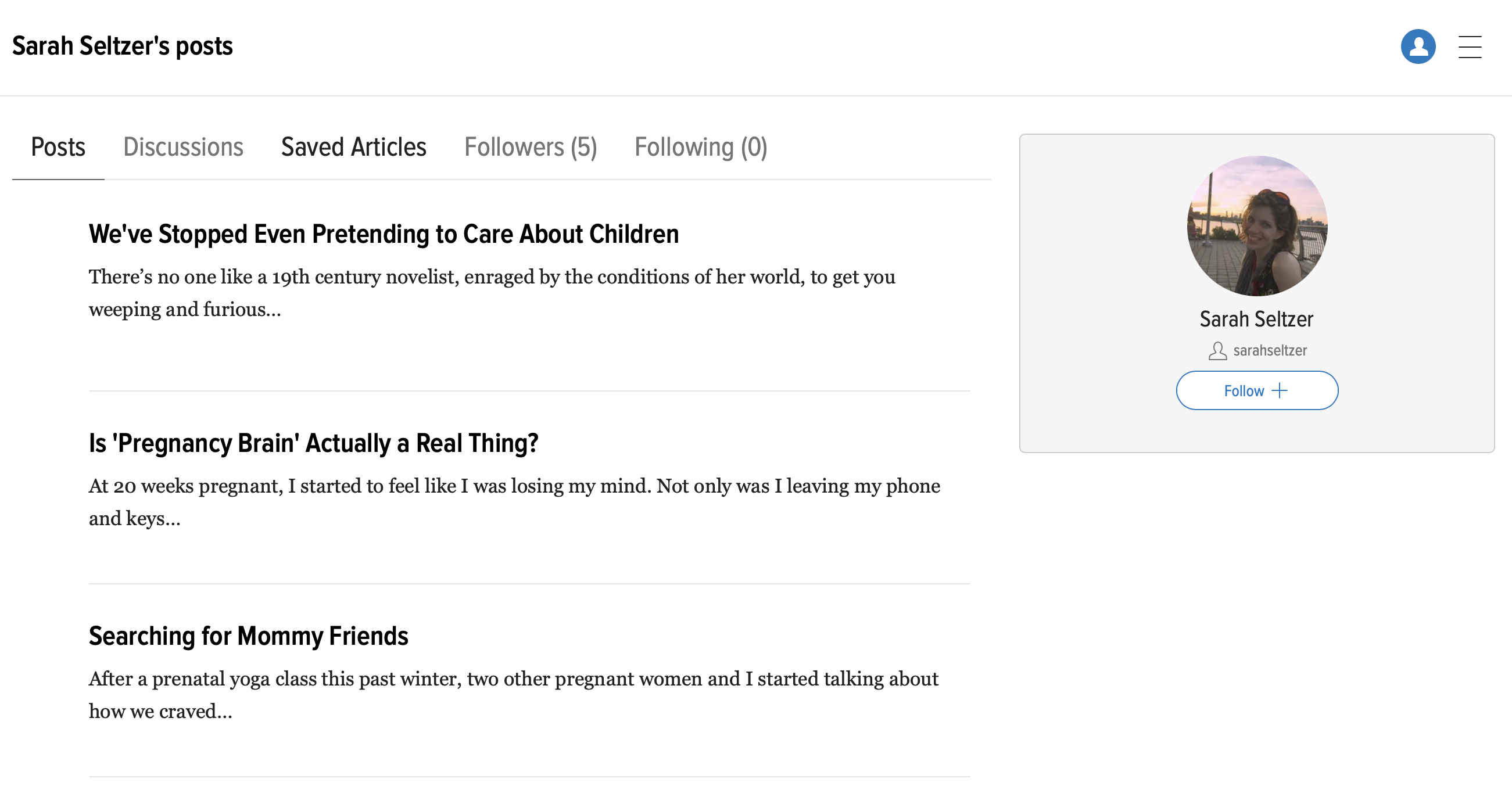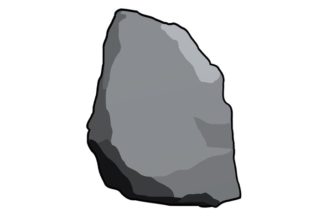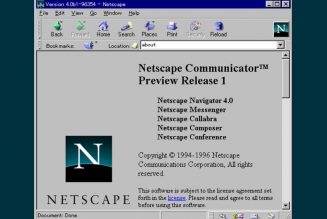Photographs from a historic moment in tech news history, the day a Gizmodo reporter published hands-on pics of the then-not-yet-announced iPhone 4, are now missing. And they’re not alone — vast quantities of pictures from G/O Media sites like The Onion, Jalopnik, and Deadspin (as well as Gizmodo) have been removed, reportedly intentionally, according to Gawker.
A recent Gawker report highlights that Buzzfeed has also been wiping many older images from the web. Still, Buzzfeed’s reason for doing so is relatively apparent after management explained the copyright claims on old photos deemed some of them “high-risk.”
Both cases are examples of “link rot,” where content on the internet is drastically changed because it either disappears entirely or because essential pieces have gone missing.
As a crash history course, a prototype iPhone 4 ending up in the hands of tech journalists was a huge deal in 2010, and a key element of the moment was the pictures. People got to see the phone’s brand-new design and its internal components before Steve Jobs could even get on stage and announce it. It turned into a fiasco involving the police raiding an editor’s home (all the legal documents Gizmodo posted in that article are gone, by the way), but now those photos are caught up in a drama of their own.
G/O Media workers seemingly haven’t been given a reason as to why the photos and artwork have disappeared from their articles, and the company’s leaders reportedly didn’t warn them that it would be happening. Gawker speculates that it could be due to copyright concerns, citing its report about Buzzfeed doing the same thing.
There’s also some interesting timing regarding the sites’ ownership, which could affect copyright in other ways. Gawker reports that the images that were removed seem to be from articles that were published on the sites before they became part of G/O Media. Before they were purchased by their current owner, a private equity firm, many of the sites had been part of Gizmodo Media. That entity spun out of the ashes of Gawker Media (of some relation to the new-Gawker reporting on this). To make a long and complicated story short, the affected articles seemingly predate the company’s heavily-criticized-from-within current owners.
G/O Media didn’t immediately respond to a request for comment.
Whatever the reasons for it happening are, the disappearance of so much internet history has clearly touched a nerve. Verge alum Bryan Menegus pointed out on Twitter that a Gizmodo article showcasing an Amazon anti-union video is missing its vital images. Another Twitter user points out a Kotaku article about game preservation (ironically) is now missing its art. There are other examples as well: Uncountable numbers of Onion articles that have had their jokes ruined, a Verge colleague pointed out that rare photos of a decommissioned power plant we had once admired are now gone, and former reviewers have been talking about how the effort they put into taking photos now seems wasted.
:no_upscale()/cdn.vox-cdn.com/uploads/chorus_asset/file/22961111/Screen_Shot_2021_10_27_at_15.53.25.png)
:no_upscale()/cdn.vox-cdn.com/uploads/chorus_asset/file/22961115/Screen_Shot_2021_10_27_at_15.55.50.png)
We’ve seen massive cases of link rot before, with one notable example from what happened when Twitter banned then-president Donald Trump — news articles that embedded his tweets as context or proof suddenly showed nearly empty boxes instead.
A recent study showed that a quarter of the “deep links” (or links to specific pages) in the New York Times’ digital articles no longer lead to the content that they were supposed to. In many cases, the explanations aren’t dramatic: a page might’ve changed URLs or been deleted, or a website could’ve gone down because nobody cared to keep working on it. There have been cases where scammers intentionally hijacked dead links to get unsuspecting clicks, but often it’s just a case of internet entropy. The end result, though, is the same — the content readers once knew is no longer available.
Link rot may be common, but it’s still a massive problem if we’re going to use the internet as a global repository of knowledge. If you pick up a magazine from 50 years ago and read it, you’ll more or less get the exact same experience as someone who bought it the day it was published. Do the same with an internet article from just a couple of years ago, and you’re rolling the dice.
There have been valiant efforts from the likes of the Internet Archive to try and save pieces of internet history (and indeed, you can still read the iPhone 4 article with photos intact on the group’s WayBack Machine after hunting down the article’s original URL), but there’s only so much that single organizations can do. Important things will fall through the cracks unless something fundamental about the web changes or companies take preservation seriously.











